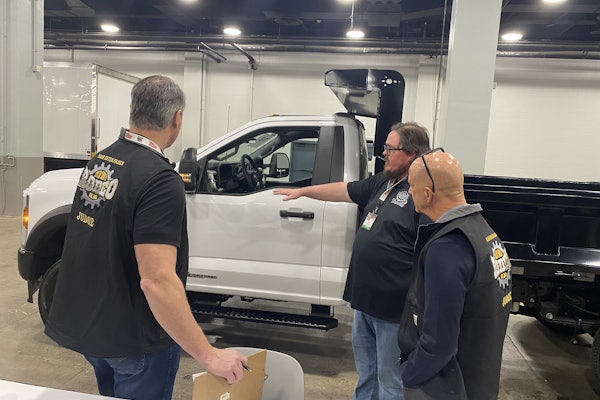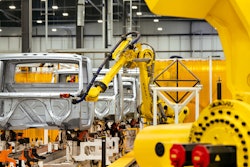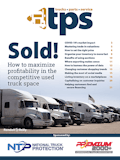Magnesium chloride looked like a miracle cure for highway crews when it emerged as a de-icing option in the 1990s. It could be sprayed onto the surface of a road before freezing rain began to fall, ensuring that ice never had the opportunity to form. By reducing the amount of conventional road salt, transportation departments were even helping to protect nearby fields and greenery in the process.
Brakes were hardly that lucky.
This “miracle” de-icing compound also will seep into the smallest crevices and coat every piece of exposed metal such as the brake shoe tables found under a lining block. Unlike road salt, it will continue to suck moisture out of the air, even after a truck leaves the coated roads of the Northeast for the supposed shelter of a dry Texas highway.
Then the corrosion begins.
“Rust jacking does not instantaneously appear. It comes in stages,” Bendix Commercial Vehicle Systems engineer John Hawker explained this year during a presentation to the Technology & Maintenance Council (TMC).
Initially the problem will emerge as hairline cracks in the friction material – usually small enough to escape the attention of a roadside inspector. These eventually evolve into cracks that would require a lining replacement. As the oxidation builds up, the lining will begin to separate at the rivets before it completely comes off the brake shoe table, ultimately buckling around the rivets and causing cracks that run diagonally between the rivet holes.
It is the type of technical challenge that grabs TMC’s attention. In fact, rust jacking is expected to be a prominent issue during the February 2009 meetings. The Society of Automotive Engineers and federal government are studying the issue as well.
ArvinMeritor’s existing research into lined brake shoe cores already suggests that some wheel positions may be more prone to rust jacking than others.
“Steer axles tend to be hit the worst, and their incidence can be up around four to five percent,” says Joe Kay, ArvinMeritor Commercial Vehicle System’s engineering manager-foundation brakes, North America. In contrast, about two percent of drive axle brakes and three to four percent of trailer brakes were affected.
In each case, there was still 1⁄8 inch of usable brake lining above the rivet heads. But the lining had lifted off the shoe, causing a gap between the brake shoe table and the bottom of the lining block, and telltale cracks were found at the edge of the lining blocks and near the rivets.
“Our leading theory is the fact the steer axles in North America typically run the coolest. They’re not braked really heavily,” Kay suggests. Aggressive braking may generate heat that can evaporate most of the moisture around the brakes, but brakes on the steer axle will seldom reach 150








